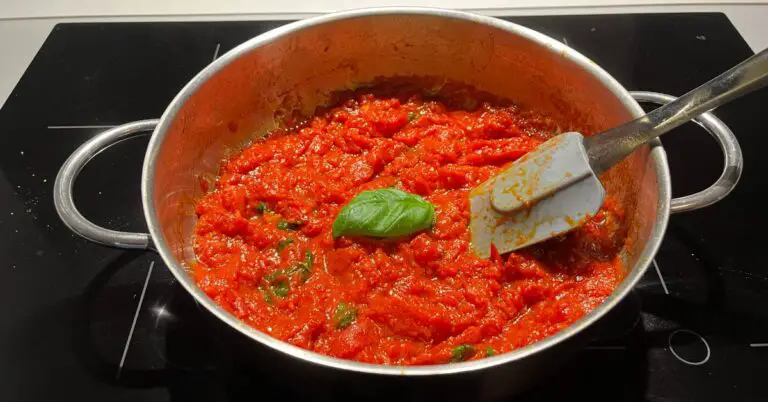In my entire life as an Italian living in Italy, I can assure you that I’ve never come across Veal Parmesan in any Italian restaurant, nor have I ever had it at a friend’s or relative’s home.
This is the look of the typical Italian waiter when Veal Parmesan is ordered. So, is Veal Parmesan Italian? Hell no!

The ingredients in the Veal Parmesan recipe are often linked to traditional Italian cuisine, such as tomato sauce, mozzarella cheese, Parmesan cheese, and ham, all atop a thin, breaded, and crispy slice of veal.
Though I must admit, upon seeing it prepared, it appears to be a tasty and flavorful dish, much like many traditional Italian dishes. However, in reality, Veal Parmesan is not actually a part of Italy’s culinary repertoire.
Explore Italian-American culinary surprises not embraced by Italy by clicking this link!
Even in its chicken counterpart, which I’ve written about in the following link, here’s a little spoiler: chicken parmigiana is also not a dish you will find in Italy.
To understand why this quintessential Italian-American dish is so well-known and beloved in the States yet unknown in Italy, we need to delve into its origins.
Veal Parm: an Italian Dish That Never Made It to Italy
When Italian immigrants arrived in America, they discovered that meats like pork, beef, and veal, expensive back home, were much more affordable. This abundance led Italian-American cooks to innovate, adapting traditional recipes to include more meat, and creating dishes like veal parmigiana.
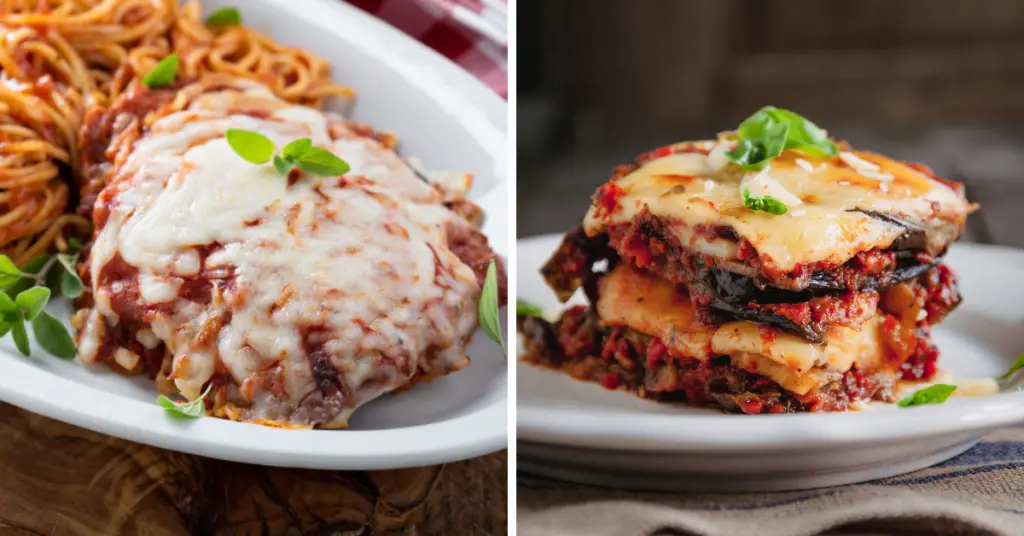
Inspired by Parmigiana di Melanzane, a traditional Italian dish of layered eggplant with tomato sauce and cheese, these cooks substituted eggplant with breaded veal, giving birth to Veal Parmesan. This adaptation was a significant departure from the original eggplant dish.
Veal Parmesan first emerged in Italian-American neighborhoods on the East Coast, quickly gaining popularity. By the 1950s, it found its way into restaurants and cookbooks, becoming a staple far beyond Italian eateries.
Ian MacAllen, in his book “Red Sauce: How Italian Food Became American,” explains how Italian-American cuisine developed as immigrants, especially from Southern Italy, arrived in large numbers from the late 19th century. These immigrants, who initially settled along the Atlantic seaboard, brought with them their regional culinary preferences but had to adapt to the ingredients and tastes of their new environment.
Veal Parmigiana’s evolution is also tied to the intermingling of immigrant cuisines in melting pots like New York City. MacAllen describes how German schnitzel influenced the preparation of veal cutlets, leading to the breaded and fried style we see in Veal Parmigiana. This cross-cultural culinary exchange was common in the crowded immigrant neighborhoods of cities like New York, where Italian, Jewish, German, and other immigrant communities lived in close proximity.
Today, Veal Parmesan is recognized not as a traditional Italian dish, but as a beloved Italian-American creation. Originating from Italian immigrants adapting their culinary traditions to the ingredients available in America, it’s a testament to their ingenuity and influence, explaining why Veal Parmesan is not typically served in restaurants in Italy.
Which Italian dish is similar to veal parmigiana?
Although the recipe for Veal Parm was distantly inspired by the recipe for Eggplant Parmigiana, this being an eggplant-based recipe does not resemble the taste of Veal Parm at all, it is simply a completely different recipe.
If I were to find an Italian recipe very similar to Veal Parm, I would probably tell you to try these dishes that are all Veal-based with other ingredients, such as cheese and tomato:
Do Italians eat Veal?
Yes, Italians eat veal, although it is not the number one meat in terms of consumption. Chicken meat remains by far the most consumed meat by Italians, even in 2021: followed by beef, pork, and finally veal.
Do Italians put tomato sauce on veal?
In Italian cuisine, tomato and tomato sauce is one of those ingredients that you can pair with practically anything, even veal.
In fact, while there is no such thing as Veal Parm in the Italian tradition, there are other recipes that similarly combine tomato sauce with sliced veal, one being the recipe for veal cutlets pizzaiola.
Do Italians put cheese on veal?
While there is no recipe for Veal Parmesan in Italy, we do have some recipes that call for veal with melted cheese on top.
For example Veal Scaloppine with cheese and ham, Veal rolls with cheese inside, and Valdostana Veal Cutlet. In each case the cheese that is paired with veal is often fontina, rarely mozzarella since it is too liquid cheese; parmesan cheese is not often paired with veal either since it does not melt.
Do Italians eat pasta and veal parmesan together?
Eating pasta together with a piece of meat is something that never happens in Italy, even more so if it is Veal Parm with pasta, as the Veal Parmesan recipe does not exist in Italy. In any case, if it did exist, being veal-based it would be a second course, unlike pasta, which is the first course, they would never be served together so.
There is Veal Parm Sandwich in Italy?
No, you will not find Veal Parm Sandwiches in Italy. But you will be able to find sandwiches with Cotoletta Milanese inside, that is, a breaded and fried veal cutlet.

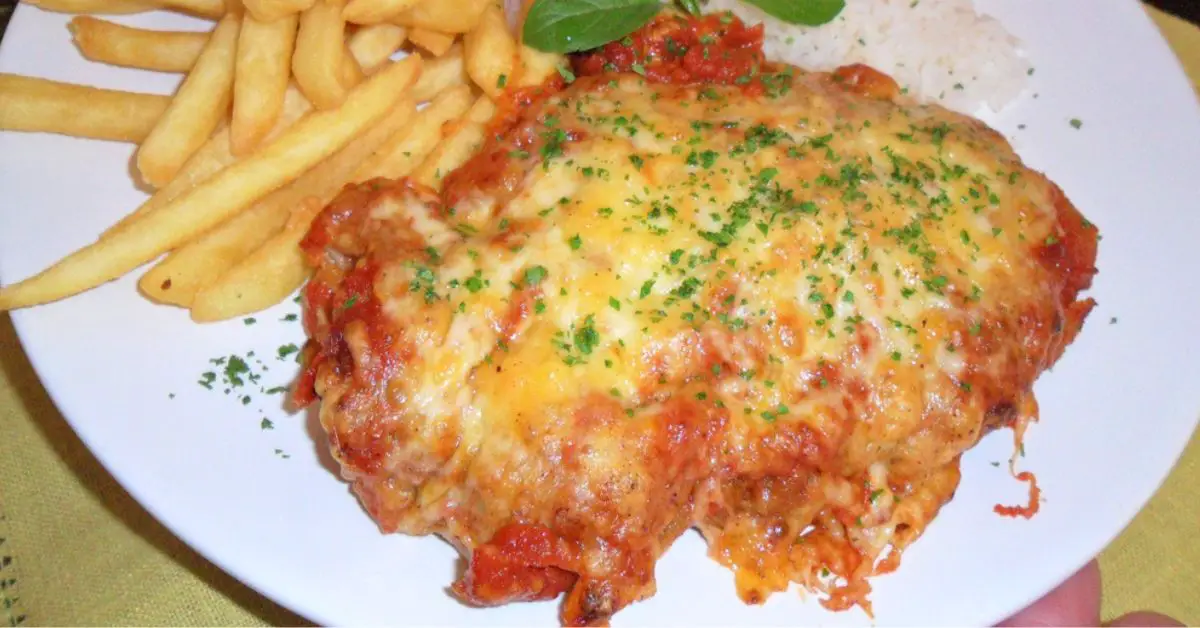
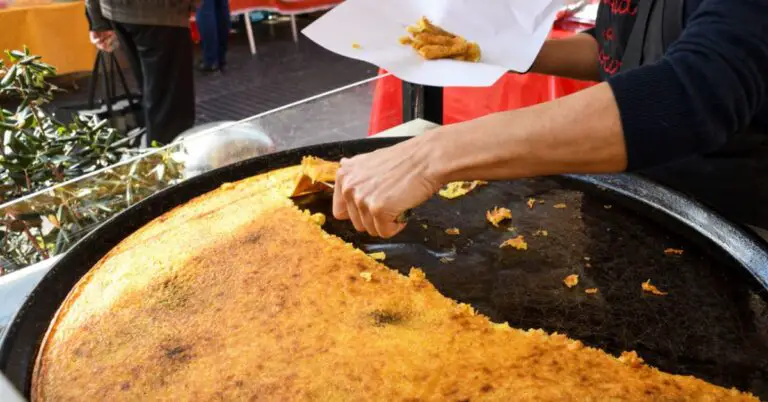
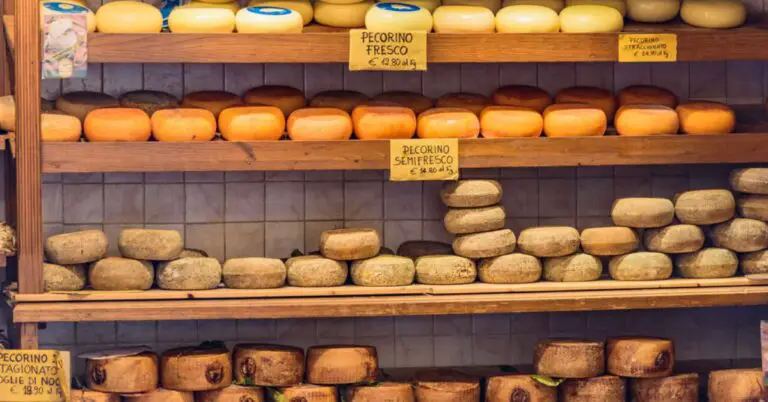
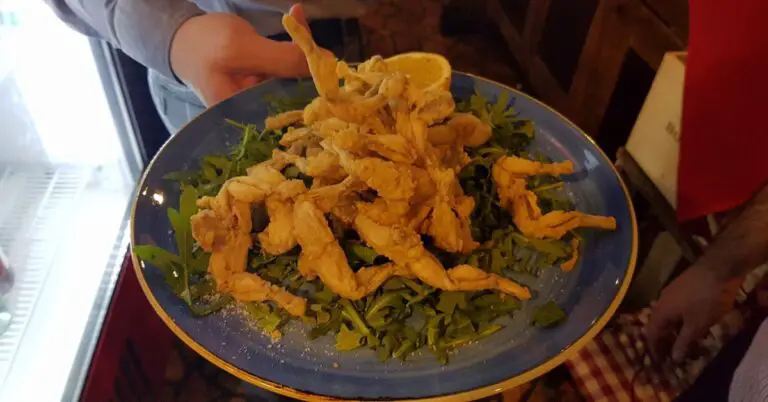
![Does canned pasta exist in Italy? [that’s why we hate it]](https://whyitalians.com/wp-content/uploads/2022/12/ravioli-pasta-in-a-can-768x402.jpg)
